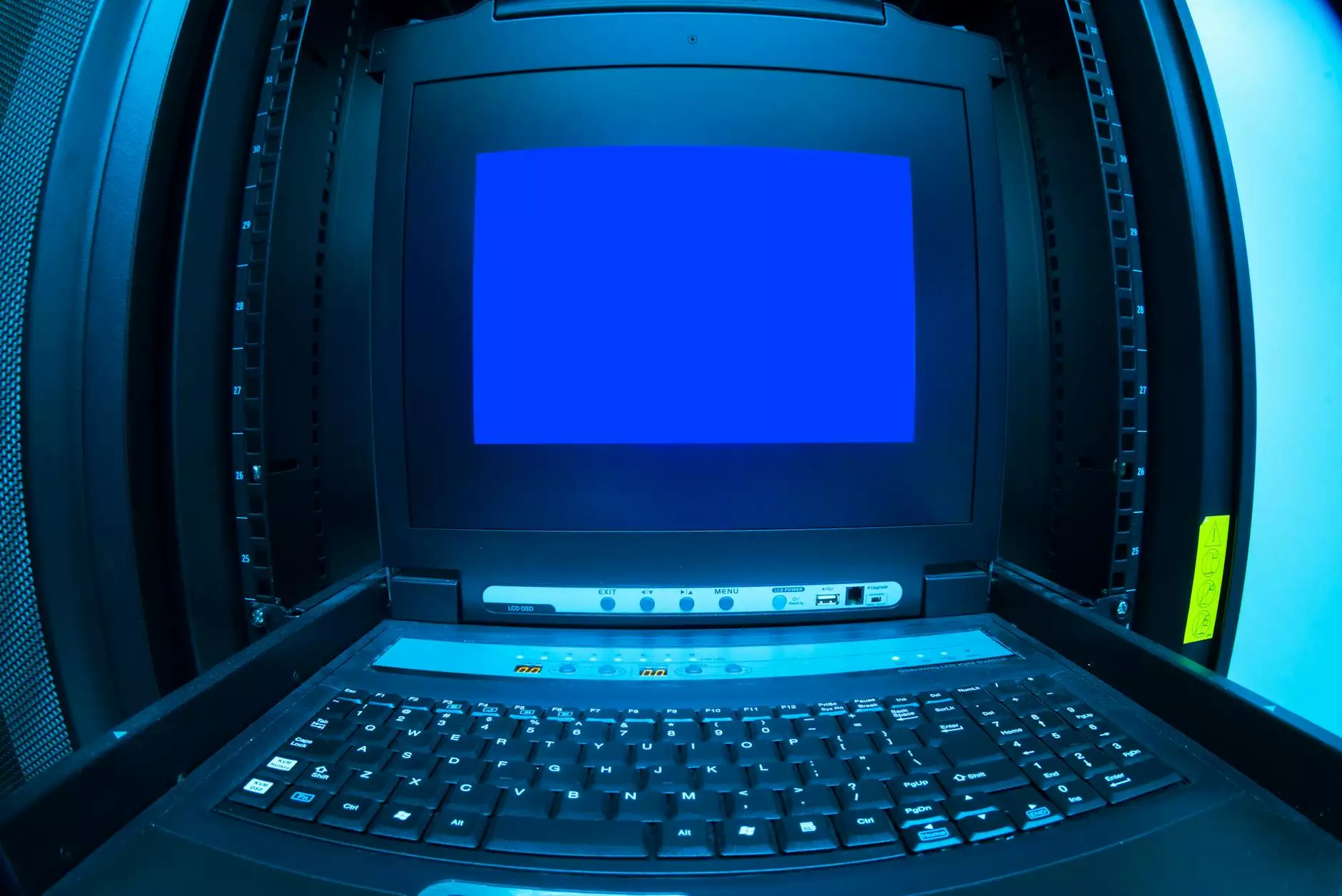5 Ways That Audio Technology Has Changed Since the Early 2000s
Content Marketing
As we delve into the realm of audio technology, it becomes evident that the early 2000s marked a significant turning point in the way we experience sound. The evolution of audio devices and digital sound processing has revolutionized the way we interact with music, movies, podcasts, and more. Let's take a closer look at the 5 key ways that audio technology has transformed since the turn of the millennium.
The Rise of Digital Audio Formats
In the early 2000s, the music industry witnessed a dramatic shift from physical CDs to digital audio formats. The emergence of MP3s and the widespread adoption of online music platforms such as iTunes paved the way for a new era of music consumption. Consumers could now easily purchase and download individual songs, albums, and playlists, revolutionizing the way we listen to music.
Advancements in Wireless Audio Technology
One of the most notable changes in audio technology since the early 2000s is the rise of wireless connectivity. Wireless headphones, Bluetooth speakers, and streaming services have untethered us from traditional wired setups, offering unparalleled convenience and freedom of movement. The seamless integration of wireless technology into audio devices has redefined the way we enjoy sound on the go.
Enhanced Sound Quality and Immersive Experiences
With innovations in audio engineering and digital signal processing, the audio quality of consumer devices has seen a remarkable improvement over the past two decades. High-fidelity audio formats like FLAC and advancements in surround sound technology have enabled more immersive listening experiences in home theaters and personal audio setups. The quest for crystal-clear sound reproduction has driven manufacturers to push the boundaries of audio quality.
Integration of Artificial Intelligence and Smart Features
Artificial intelligence (AI) has made its way into audio technology, enhancing the way we interact with our devices. Smart assistants like Siri, Alexa, and Google Assistant have revolutionized the voice control capabilities of audio systems, providing users with hands-free access to music, information, and smart home controls. AI-powered audio algorithms also help personalize music recommendations and optimize sound settings based on individual preferences.
Convergence of Audio and Wearable Technology
The convergence of audio and wearable technology has given rise to a new generation of smart audio devices. From fitness trackers with built-in music playback to smart earbuds that monitor health metrics, the integration of audio capabilities into wearable gadgets has opened up new possibilities for seamless connectivity and enhanced functionality. These innovative audio wearables have reshaped the way we engage with technology on a daily basis.
Overall, the evolution of audio technology since the early 2000s has been nothing short of transformative. From the digitization of music to the integration of AI and wearables, the landscape of audio innovation continues to push the boundaries of what is possible. As we look to the future, one thing is certain - audio technology will continue to evolve and shape the way we experience sound in the years to come.









